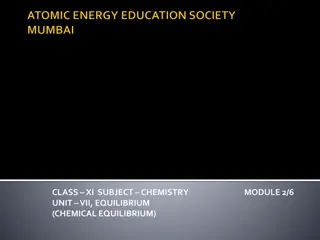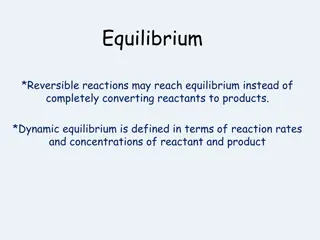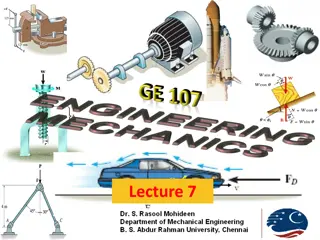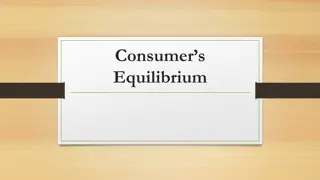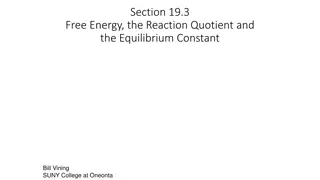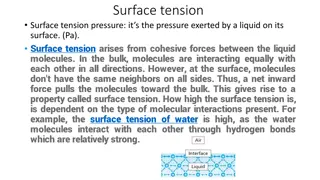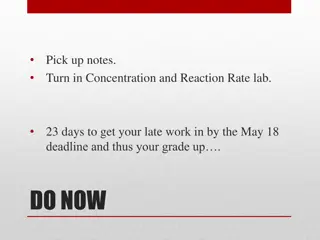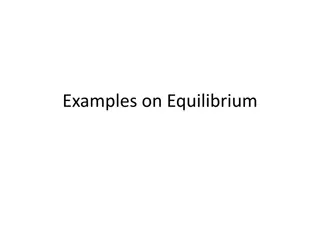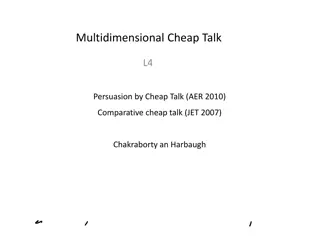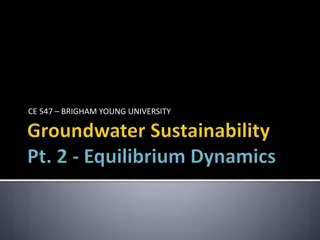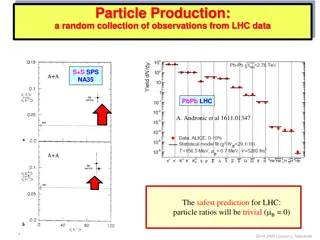
Pulleys and Tension Equilibrium in Physics
Learn about pulleys, tension equilibrium, and how to calculate tension and acceleration in a pulley system with objects of different masses. Understand the step-by-step process to solve such problems efficiently.
Download Presentation

Please find below an Image/Link to download the presentation.
The content on the website is provided AS IS for your information and personal use only. It may not be sold, licensed, or shared on other websites without obtaining consent from the author. If you encounter any issues during the download, it is possible that the publisher has removed the file from their server.
You are allowed to download the files provided on this website for personal or commercial use, subject to the condition that they are used lawfully. All files are the property of their respective owners.
The content on the website is provided AS IS for your information and personal use only. It may not be sold, licensed, or shared on other websites without obtaining consent from the author.
E N D
Presentation Transcript
Pulleys and Tension Equilibrium
Problem Imagine two objects suspended from a fixed pulley. The mass of object 1 is 1000kg and the mass of object 2 is 1150kg. What is the tension in the rope and the acceleration of object 2? If upwards is the positive y direction for both objects then the acceleration of m1 would be (a1 = a) because m1 accelerates upwards. The acceleration of m2 would be (a2 = a) because m2 accelerates downward. Tension is calculated using the formula ?1= ?1? ?1?1
Step 1 Isolate each side of the pulley and determine the tension in the rope. Because acceleration of mass 1 is in the upwards (positive) direction this can be written as ?1= ?1? + ?1? Because acceleration of mass 2 is in the downward (negative) direction this can be written as ?2= ?2? ?2? The equilibrium rule requires these two equations to be equal to each other ?1? + ?1? = ?2? ?2?
Step 2 Rearranging to get acceleration on one side and gravity on the other would give ?2 ?1? = ?2+ ?1? Solving for acceleration would give ?2 ?1 ?2+?1 ? = ? 1150?? 1000?? 1150??+1000??9.8 ? ?2=0.68 ? ?2 Mass m2 accelerates downward (and mass m1 accelerates upwards) at 0.68m/s2.
Step 3 Tension can then be obtained from either equation ?1? + ? = ?1 ? ?2+ 0.68 ? ?2= 10,500? 1000?? 9.8 Or ?2? ? = ?2 ? ?2 0.68 ? ?2= 10,500? 1150?? 9.8





